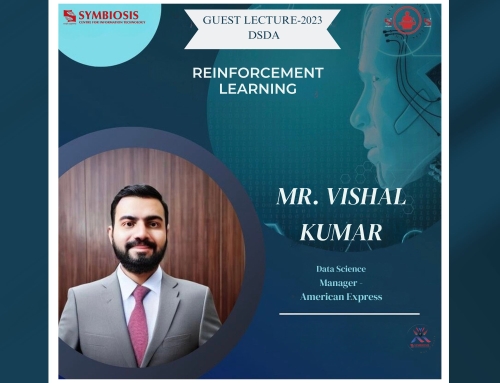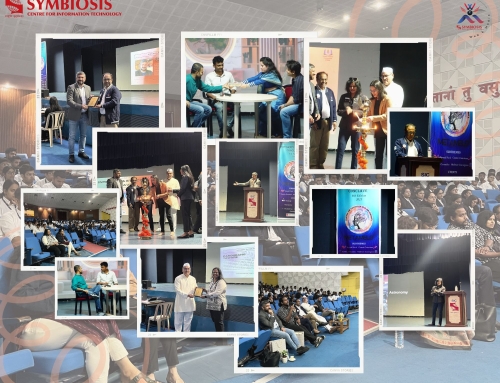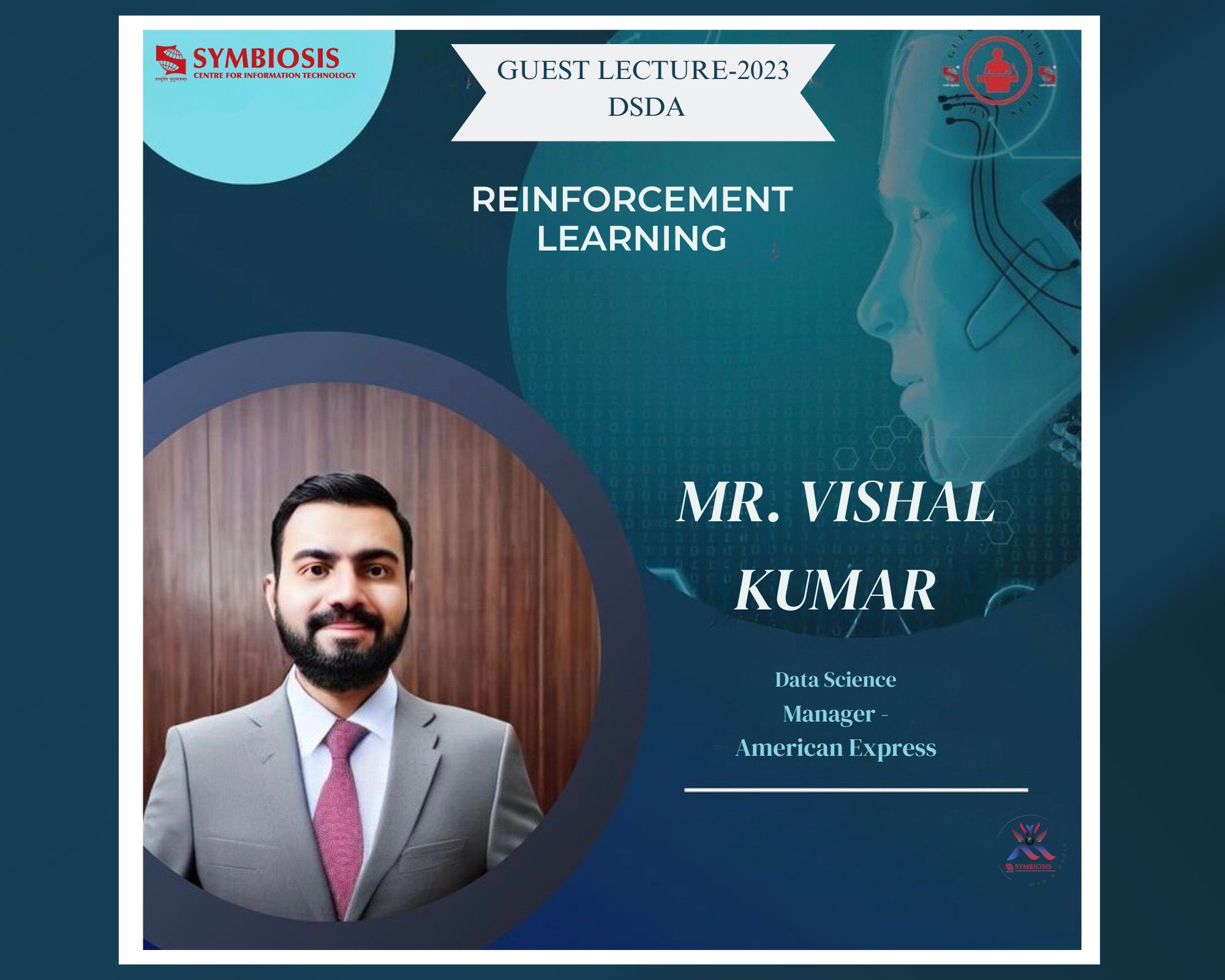Basics of photography

The photography hype was quite evident in the first meet of SCIT photography club. There were a lot of enthusiastic people. To my surprise the number of girls outweighed the boys, which is a rarity in India and especially if you have crossed the engineering hurdle. Everyone was keen to learn the art with the assistance of our seniors Aakash, Ayan and Devesh.
The first session was about the basics of photography, about which I want to shed my part of light. There were many queries regarding the “Big Three”.
- Shutter Speed
- Aperture
- ISO
I had my share of trouble understanding these basics, as we are so accustomed to the point and shoot camera. There is nothing to worry, just look in the back of the camera and click. Easy. But by learning the basics one comes to know what camera does when you just point and shoot.
To understand this, the first thing to understand is that the whole purpose of all this is to get the amount of light required. The optimum amount for a great photograph. It is called “Correct Exposure”. All three contribute to it but as always each has its own limitation.
Case -1
ISO and Aperture constant and variable shutter speed.
Shutter speed is the time light enters the camera. So how to control light by shutter speed. It is pretty obvious, if the there is less light or say its dark the shutter speed must be low ( the time for entering light is more) and if it is bright and sunny with lot of light you need faster shutter speed ( the time for entering light is less).
But as usual there is a catch, as one may ask what is the need of other factors if i can control light just by shutter speed. The catch is with increase in time say 1sec shutter speed, it is certain that there will be shake of your hand for the duration. Thus you may not achieve a pin point focused image. Although there are great image taken with large shutter speed, but we will skip that till we grow out of the beginner level
Now lets jump to another case, so that we can achieve the proper light.
Case-2
Shutter Speed and ISO constant and variable Aperture
Now what is aperture? It is the hole through which light enters the camera. You can increase/decrease the size of the hole by changing aperture. Again the same question, how to get optimum light. Obviously, if the size of the hole is big there will be more light entering and if the size of the hole is small there will be less light entering. Consider it is bright and sunny, you will need small sized hole as there is enough light, even to go through the small hole. But if it is dark, you want a bigger sized hole so that more light enters and you get the optimum exposure.
What is the catch in case of aperture?? Why dont we control light just by aperture? There are two catch to this. Firstly there is a limit to which the size of the hole can be increased and hence there might be chance you may fall short of the optimum level. Secondly with the increase of aperture the background starts to blur. It is called the depth of field which can be used to get stunning images. We will discuss the depth of field some day later.
Case-3
Shutter Speed and Aperture constant and variable ISO
Now the last ISO. It defines how sensitive the camera sensors are. So you have tried increasing aperture and increase the shutter speed to a limit but still you are falling short. So increase the sensitivity the sensor. My advice never try to touch the ISO until it is of utmost necessity. It increases the grains in the pic and hence reduce the quality.
That is my share of GYAN thanks to Shree Shree 108 “YOU TUBE” baba. Hopefully this will help you understand and boost your photography. I also request to all the reader “Go and experiment”. Let the enthusiasm of yours converted to actual clicking of snaps, so that we can share and learn from each other.
Rahul Verma
MBA(ITBM) 2012- 2014 – SCIT















